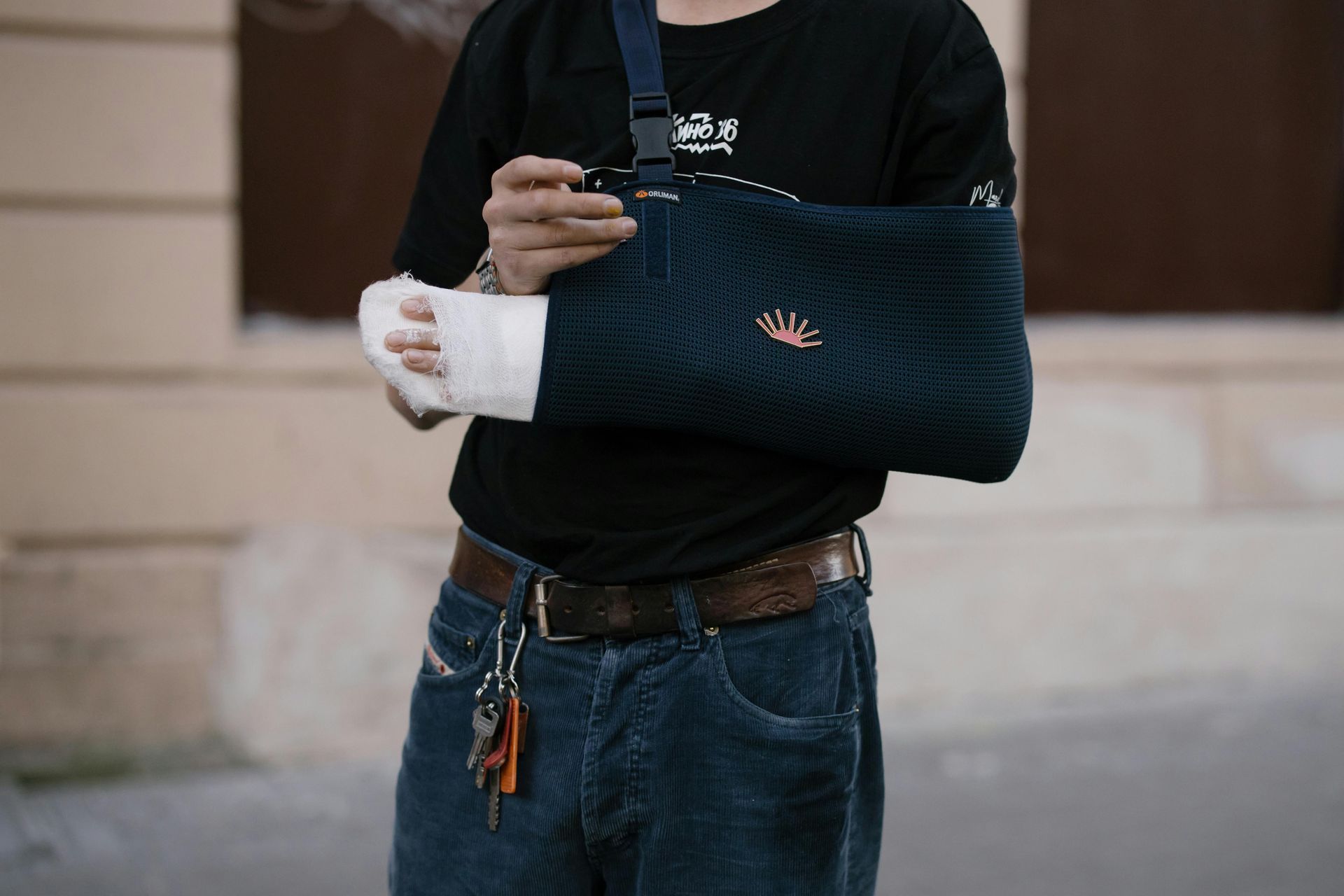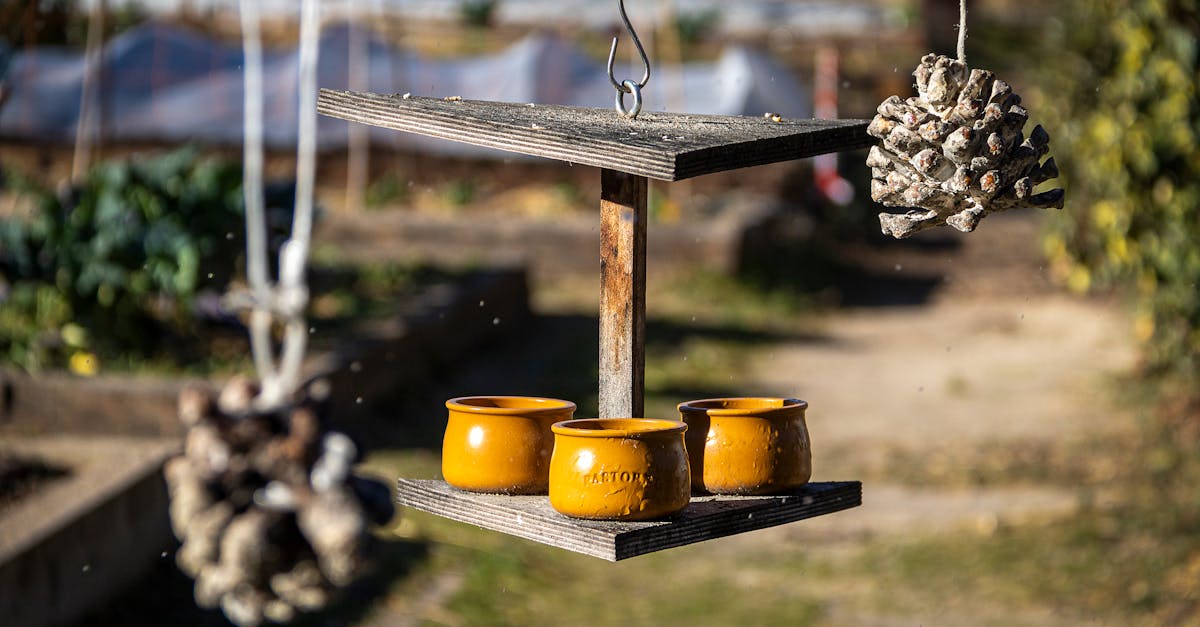When Good Intentions Go Wrong: Building Resilience in Our Children
Parenting is a delicate dance. It often begins with a desire to protect, to shield, to ensure the best for our children. Yet, as I reflect on two thought-provoking books I read over the holidays—The Coddling of the American Mind by Greg Lukianoff and Jonathan Haidt, and Future Tense: Why Anxiety is Good for You (Even Though it Feels Bad) by Tracy Dennis-Tiwary—I’m beginning to wonder if our good intentions might be getting in the way.
Both books make a compelling case for how shielding children from discomfort and stress, while coming from a place of love, can inadvertently stunt their growth. They argue that children are “antifragile,” a concept from Nassim Taleb that suggests humans don’t just endure stress but actually grow stronger through it. When we deny our children the chance to face challenges, we rob them of the critical developmental opportunities they need to thrive in the real world.
Overprotection vs. Preparedness
As a parent, it’s easy to fall into the trap of overprotection. After all, keeping our kids safe feels like the ultimate act of love. But The Coddling of the American Mind points out how this protective instinct can lead to unintended consequences. By cushioning children from all forms of adversity—whether that’s emotional discomfort or the sting of failure—we deny them the chance to build resilience.
Dennis-Tiwary’s Future Tense takes this further, emphasizing that anxiety, though unpleasant, plays an essential role in human development. It pushes us to problem-solve, adapt, and grow. Much like our immune systems need exposure to germs to build defenses, our minds need exposure to challenges to develop strength. Without it, we risk creating a generation unprepared for life’s inevitable difficulties.
The Impact of Denying Stressors
I think back to my own childhood—wide-open afternoons spent riding bikes with friends, exploring until the streetlights flickered on. My former father-in-law once told me about a two-week bike ride he and a friend took across the UK when they were just twelve. Compare that to today’s parenting culture, where some parents feel uneasy letting their kids play in the front yard unsupervised.
Even in my own parenting journey, I catch glimpses of how these shifts manifest. Recently, I asked my nearly nine-year-old daughter what responsibility she would most like to have. Her answer? She wanted to ride the school bus—a routine rite of passage not so long ago but now, for many parents, a source of hesitation. It’s a small but telling example of how much we’ve come to underestimate our children’s ability to handle the world on their own.
Why Stress is Good (in Moderation)
Research consistently shows that stress isn’t inherently bad. In fact, moderate levels of stress are critical for building emotional regulation, problem-solving skills, and adaptability. When kids face challenges—whether it’s learning to ride a bike, studying for a tough test, or navigating a social conflict—they’re not just surviving; they’re growing.
Taleb’s concept of antifragility underscores this beautifully. Resilience is often thought of as bouncing back from hardship, but antifragility goes a step further: it’s about becoming stronger because of it. When we remove all stressors, it’s like raising children in a sterile environment. Sure, they might avoid discomfort in the short term, but they also miss out on building the strength they’ll need for the long haul.
Striking the Balance
Of course, not all stress is helpful. Too much pressure—whether it’s academic, social, or emotional—can be harmful. The goal is to expose kids to challenges that are appropriate for their age and capacity. This might mean encouraging them to try out for a sports team, manage their homework independently, or solve minor disputes with friends on their own.
Both books stress the importance of reframing failure as a growth opportunity. When kids stumble, our instinct is often to jump in and fix the problem. But what if we paused instead? What if we let them wrestle with the issue, offering support only when needed? This approach teaches them that they’re capable of overcoming obstacles—a lesson far more valuable than immediate comfort.
Parenting in Action: Building Resilient Kids
So how can we, as parents, foster antifragility while still protecting our kids from unnecessary harm? Here are a few actionable steps:
- Assign Responsibilities
Give children tasks that build independence. Whether it’s cooking a simple meal, walking the dog, or riding the school bus, these moments build confidence and capability. - Encourage Safe Risk-Taking
Let them climb the tree, try the challenging hobby, or explore the neighborhood. Supervise when necessary but resist the urge to hover. - Reframe Failure
When things don’t go as planned, guide them in reflecting on what they’ve learned. Celebrate the effort, not just the outcome. - Model Resilience
Kids watch us closely. Show them how you handle stress, setbacks, and uncertainty. Talk openly about challenges and how you’re working through them.
Reflecting on Generational Shifts
It’s hard not to notice how much parenting norms have shifted over the decades. My generation grew up in an era of exploration and self-reliance, while today’s children often live within carefully curated schedules and monitored environments. While there’s no going back entirely—and perhaps some aspects of modern parenting are improvements—it’s worth reflecting on what we might have lost along the way.
By fostering resilience and allowing kids to face controlled challenges, we’re not just preparing them for life beyond the bubble—we’re empowering them to thrive.
The Long-Term Vision
The world will challenge our children, whether we want it to or not. Our job isn’t to eliminate those challenges but to prepare our kids to meet them head-on. By introducing manageable stressors now, we help them grow into confident, capable adults who can navigate life’s ups and downs.
Parenting will always be a balancing act. But perhaps the best way to protect our children is to let go a little, trusting in their antifragility and knowing that the struggles of today are the foundation for their strength tomorrow.











